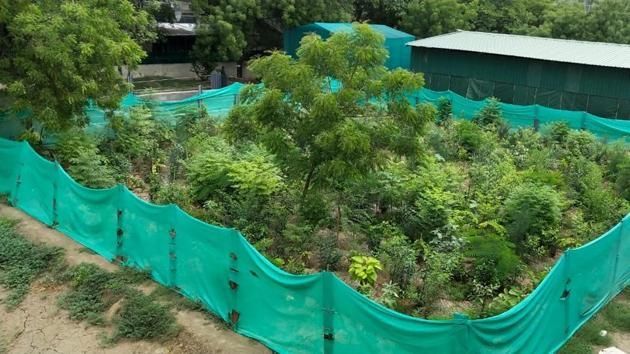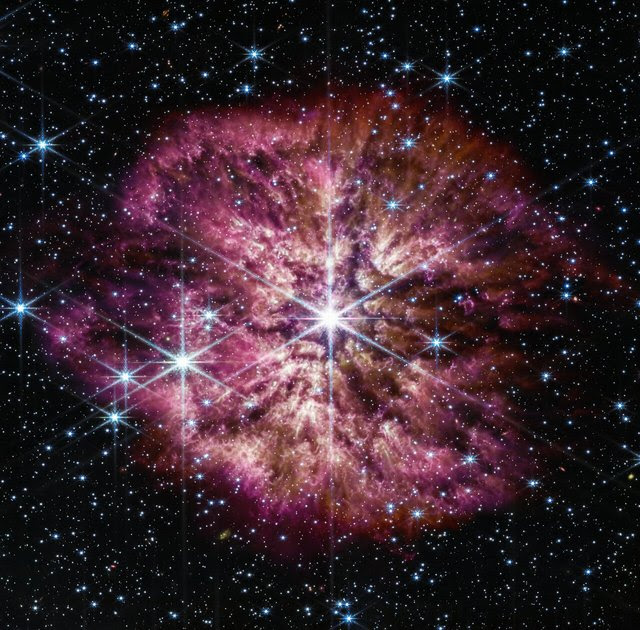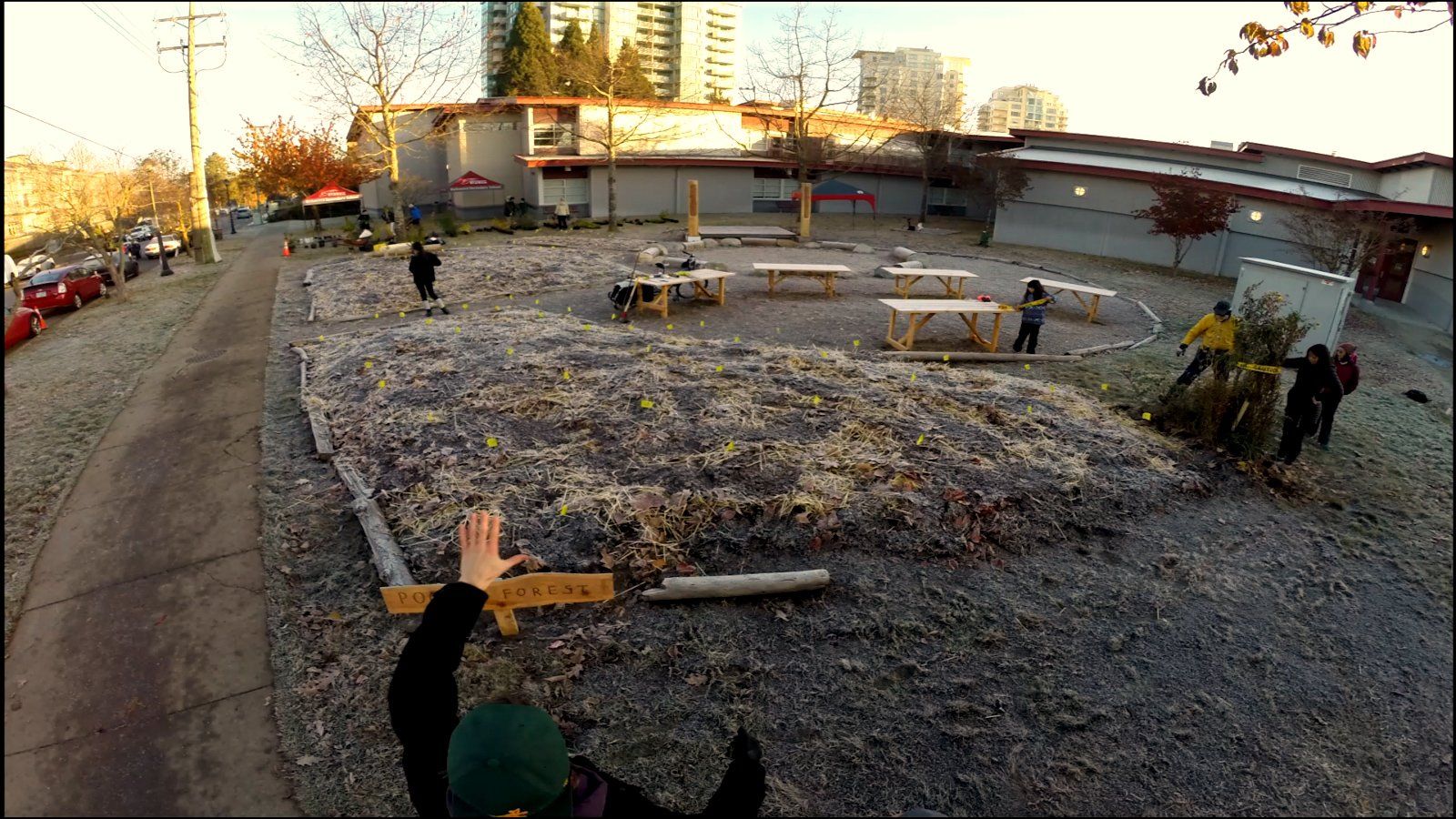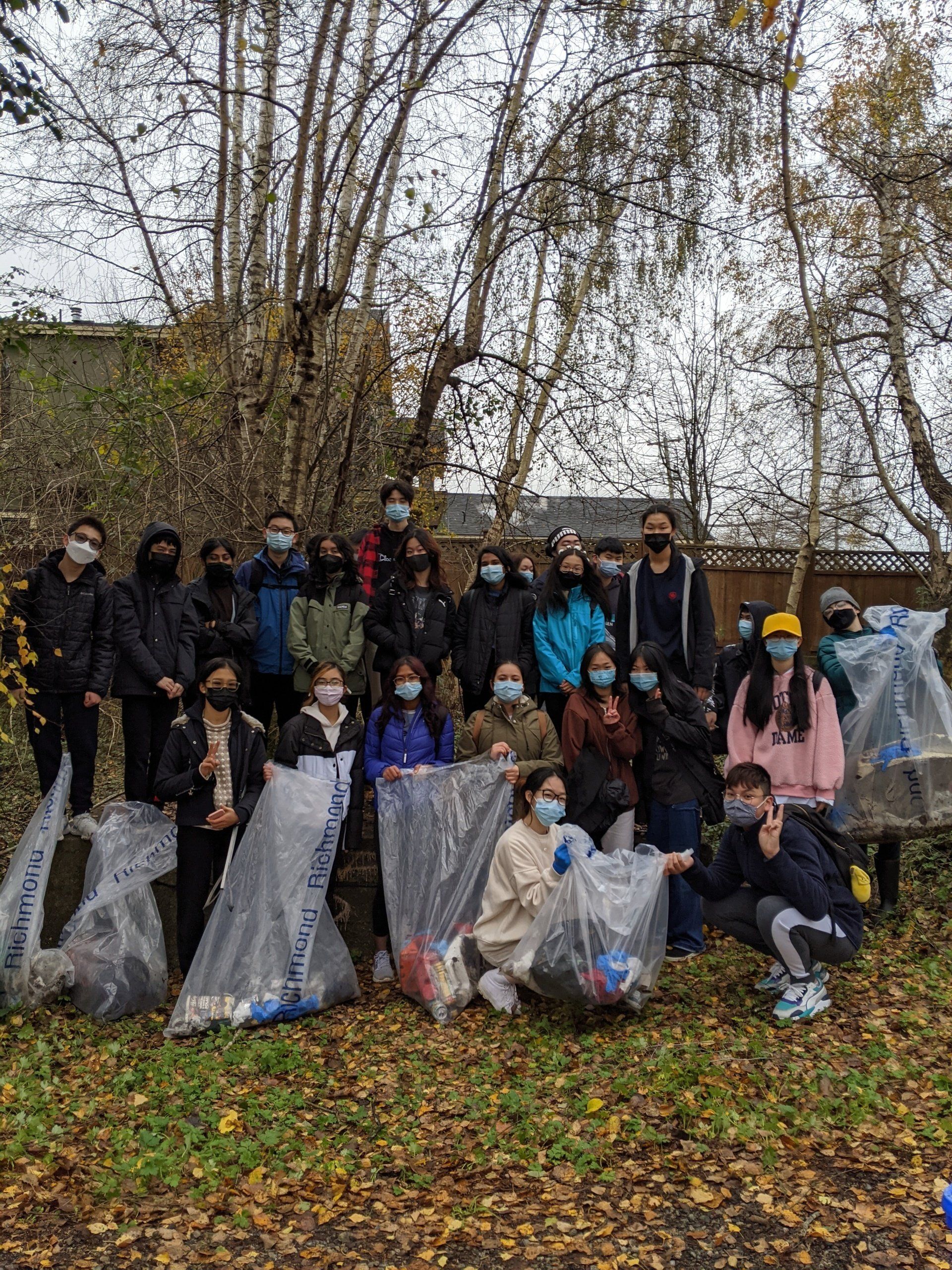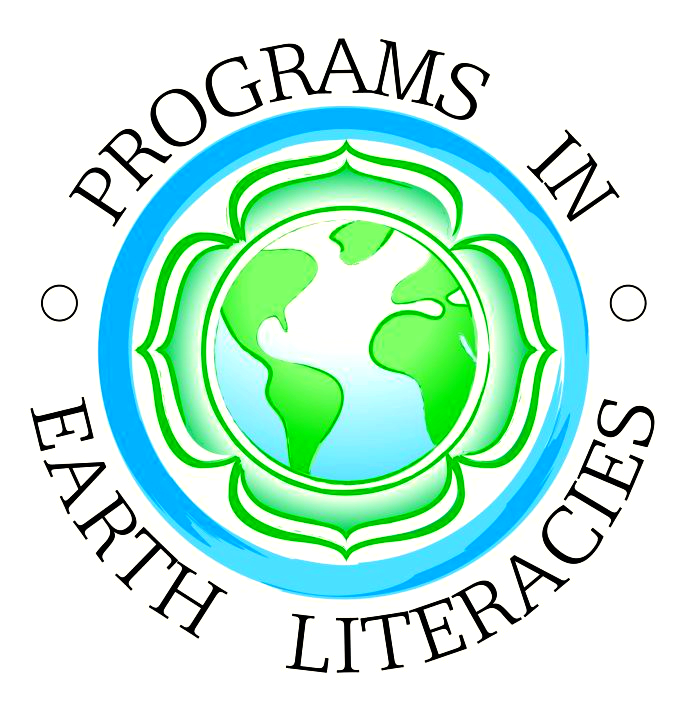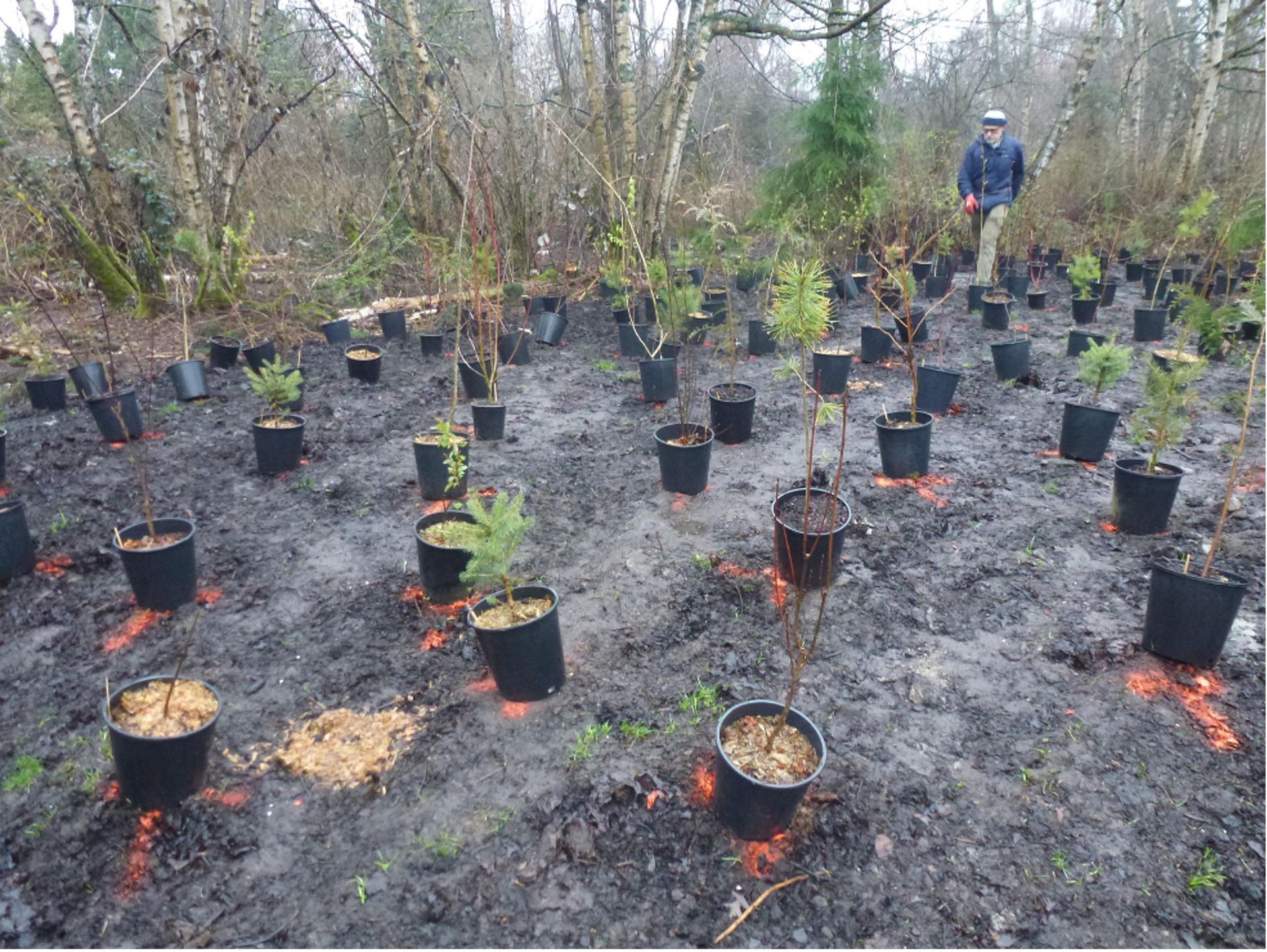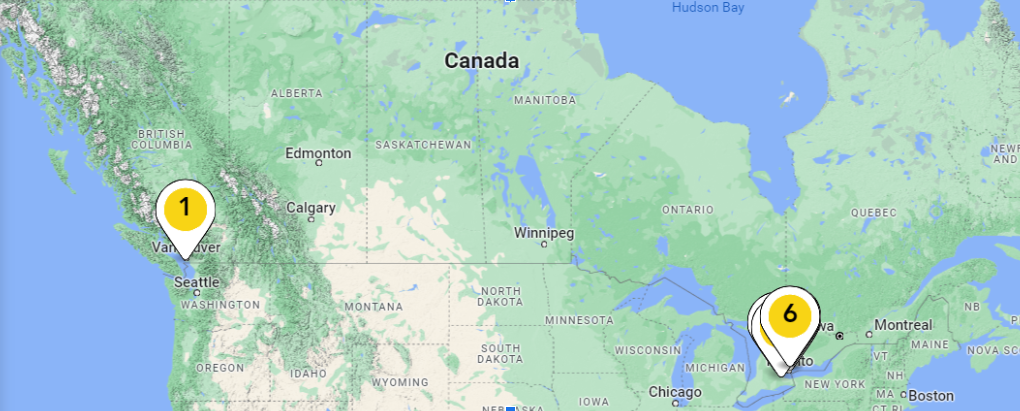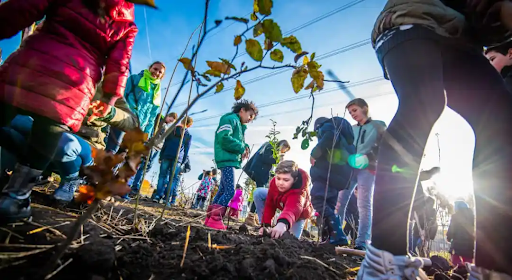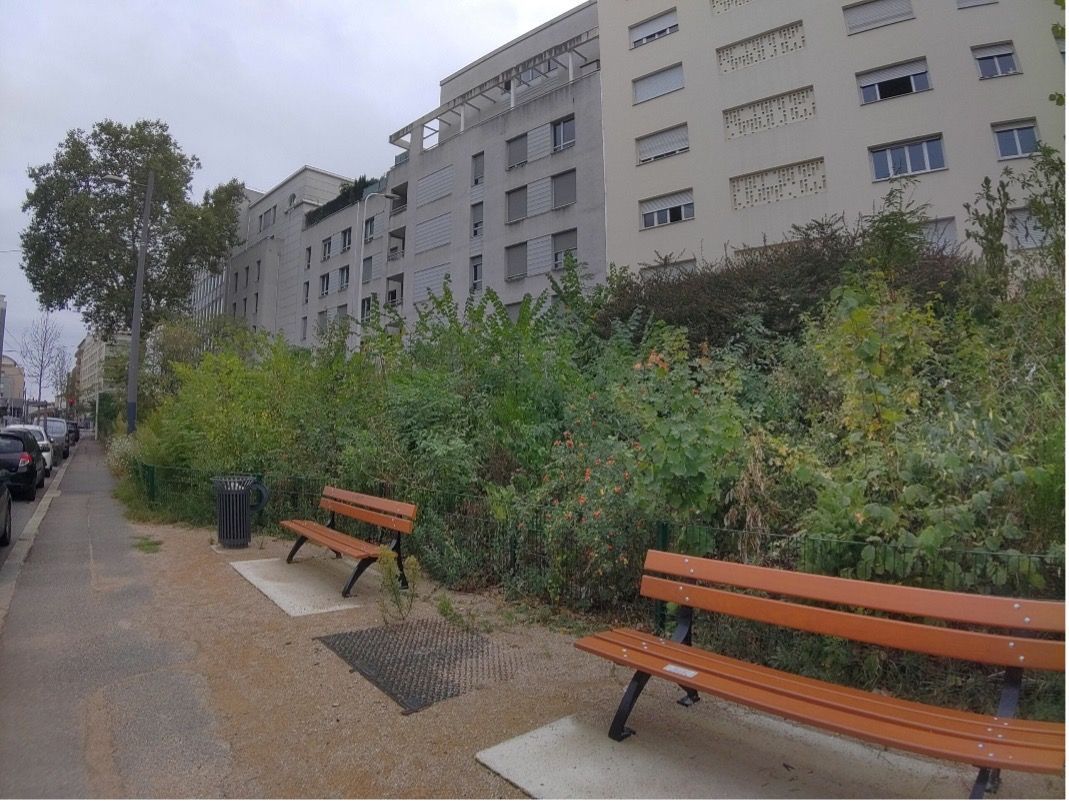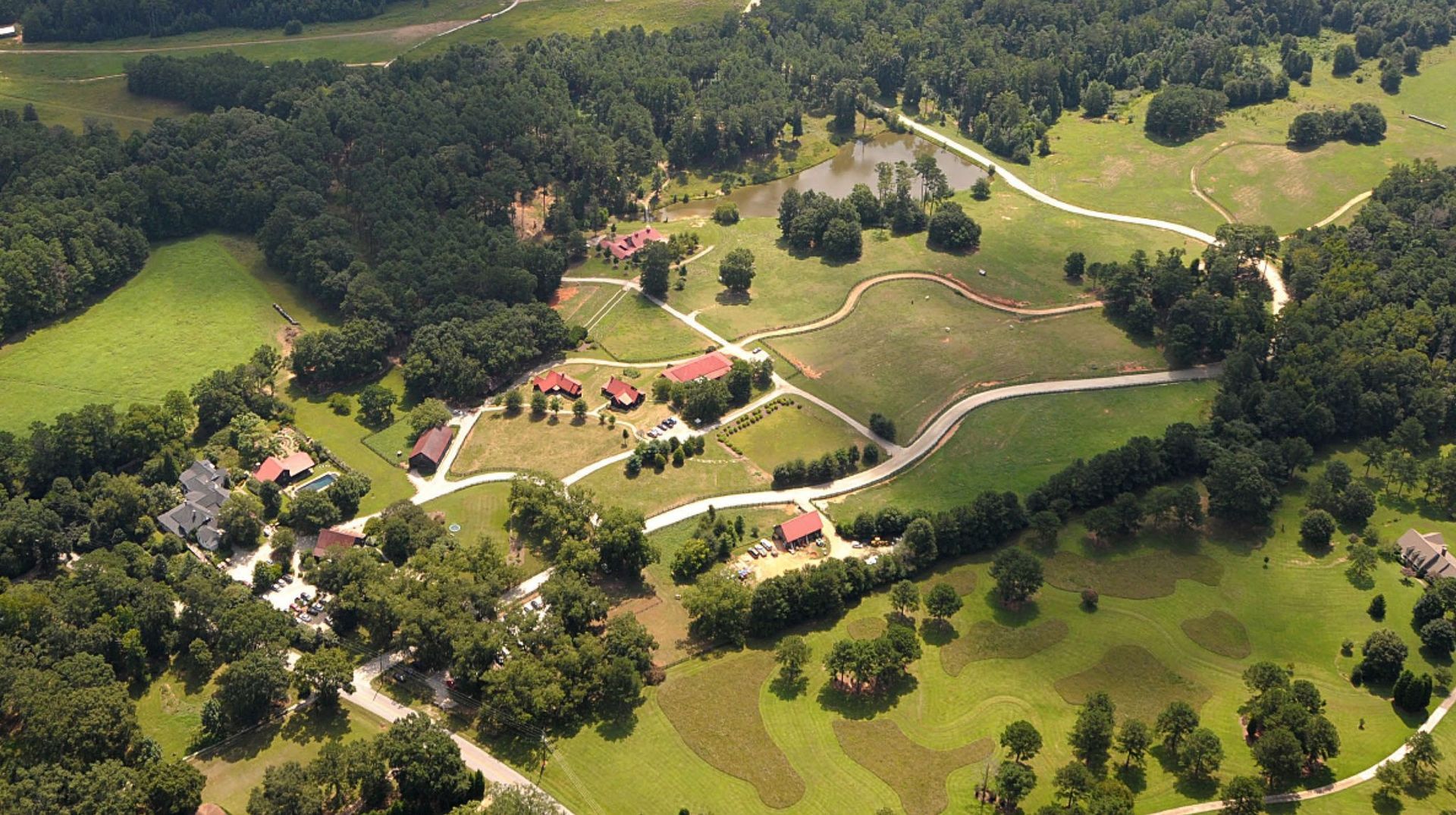The Power of Story
In this eighth edition of the Climate Chronicles, Mike Bell discusses how to tell a new story about humanity's place in creation, and how learning communities can help us remember it, seek it out, and make it real.
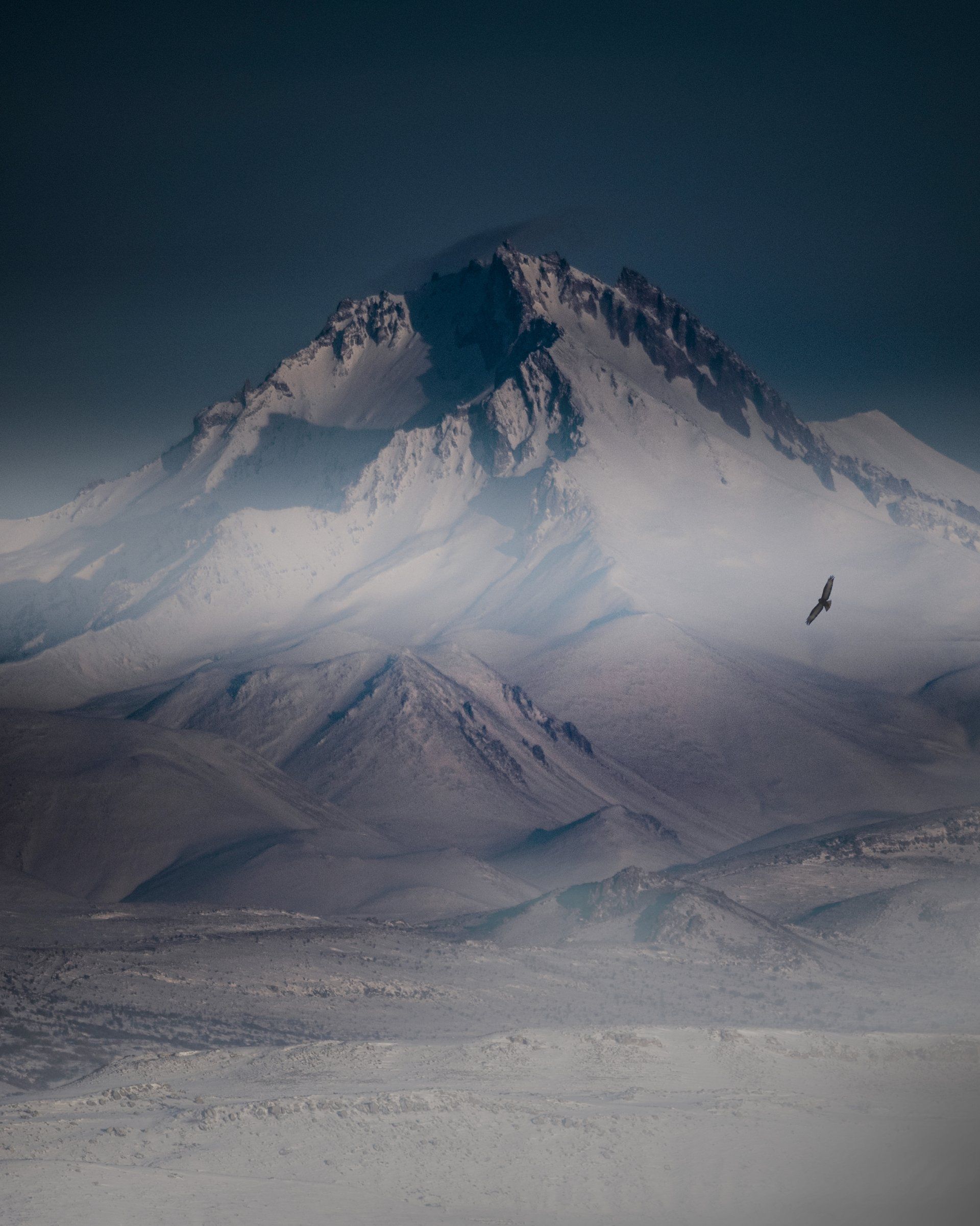
Stories have power. They can transform our whole way of thinking and they can help us create a future in the changing world we are now experiencing. Some years ago the poet Muriel Rukeyser said, “The universe is made up of stories, not atoms.” She wasn’t against science. But, in my view it is only when we turn science into practical stories that we can deal with the radical changes in our world. They give us a sense of who we are. At present we are in deep trouble. A few days ago I came across a new story. It was a doozy—a scientific one from the Intergovernmental Panel on Climate Change. It is a story about how climate change is affecting our world and is threatening our continued existence. It was followed a day or so later by a climate change article indicating that, for the first time in recorded history, rain was falling on the mountains of Greenland. How do we deal with these new realities? In this chronicle I will suggest that we need to make some significant changes in our lives. This chronicle has three parts.
Part One is about how stories have helped humans establish a relationship with the living Earth over millennia. The focus will be on my experience with stories from working in indigenous communities in the Canadian Arctic.
Part Two is the story about the impact of the current Western culture and our need to rethink everything. We are moving into a very different kind of climate changing world and we must learn—and learn quickly—how to deal with it.
Part Three is the story about how we can begin to create a new relationship with Earth. It provides some suggestions on how we might proceed. Some of the following are stories I heard in my almost three decades of work in Indigenous communities. But they have become “my stories” in the same way that a cook might say, “I got my recipe for chocolate cake from my mother.” They are adopted stories. I’ll begin with one of my favorites.
PART ONE: OUR RELATIONSHIP WITH EARTH
In the mid-fifties or sixties a small group of Canadian Government officials traveled from Ottawa to a community in the Northwest Territories to begin negotiations with elders about land claims. Early on in the meeting things seemed to be moving along. But at one point one of the civil servants looked across the table and said, “I hope you realize that the land we are talking about belongs to the Government of Canada”. There was a shocked silence. Finally, one of the elders spoke up. He asked in amazement, “If this is your land, where are your stories?” For the elders, stories were essential. Often in the summer they would take young people on canoe trips to learn about their traditional culture.
Each site they visited had a particular name and story that emerged from experiences of their ancestors.... encounters with animals, plants, or other beings. When I first began working in indigenous communities I thought of land just like the civil servant did—as real estate. It took me a while to adopt a
different perspective and see the land as a relationship, as the result of many encounters and exchanges between beings considered to be equals.
PART TWO: THE ANTHROPOCENE
Scientists are telling us that we have been quickly moving into a different time frame. The one we are leaving is called the Cenozoic Era. It has existed since the death of the dinosaurs, sixty-six million years ago. Most scientists call the new era, the “Anthropocene.” The term means a man-made era. There are some disagreements on the starting date of this new reality. Its dominant characteristic is that we humans have taken over from Earth the process of evolution. We are changing everything: the Earth’s species, systems, rivers, environments, atmospheres and so forth. And the most
dramatic stories about this transition are those that show how the forces of nature are responding to the changes: floods, tornadoes, droughts, famines, forest fires, heat waves, poisoned oceans, rising waters, etc. To make matters worse we are in the midst of a pandemic which is possibly also the result of cumulative man-made changes to our world.
PART THREE: CREATING A NEW STORY FOR A NEW WORLD
As I’ve mentioned many times in these chronicles we need a new story for the new world. How can we do this? We begin by recognizing the need for a new story—a new way of thinking and living in the new Anthropocene Era. The first thing we need is awareness that we are indeed living in a different world. It comes about in different ways for different people. Here is my story. When I first went to Baffin Island in the 1980s to become the superintendent of social services I couldn’t understand the Inuit language. I needed interpreters. As I flew around a two thousand mile area scattered with thirteen small communities (there are no roads), I would hold meetings to tell residents about our services and get feedback. I knew that we needed a management context and so I had a list of management theories—Management by Objectives, Zero-based Budgeting, Performance Measurement and so forth. But I was bombing. In the meetings the elders would get up and repeat their mantra “Learn from the land.” I thought this was quaint but useless. I was ready to quit. At about the same time I took some trips to North Carolina to visit Thomas Berry. He was a priest and cultural historian. I knew him when I lived with him in a Passionist monastic community. I told him about my problems with elders and the need for a context. Then I asked him if he had ever written about Earth as a source of spirituality. He told me he hadn’t. I was surprised. Then he said to me, “I have written something on the spirituality of Earth which you may find interesting.” His point –spirituality is not something outside of you. We are earthlings. It is something within you. You have come from Earth and the universe. At that point I finally understood what the elders had been saying. This was the bridge between the Indigenous insights and the earth-based insights of Thomas Berry and the New Cosmologists. Berry also noted that we are in between stories. The old stories about our superiority over other beings were never true...and now those stories have led us to this difficult place. The world is changing. To live in our changing world Berry noted that we need “new stories and shared dream experiences”. So how do we proceed? To move forward we must start with some kind of vision.
Creating Visions
In countries and communities around the world people who realize how climate change is affecting their world are creating their own visions. I am attracted to the vision of Thomas Berry and Brian Thomas Swimme....that of creating “A mutually enhancing relationship between our species and Earth.” The vision is very clear. It spells out a different kind of relationship. As much as possible whatever we do must benefit Earth, its species and ourselves. The challenge here is evident: our neo-liberal culture and its institutions will fight against this vision. So what else is needed?
Creating Learning Communities
So how do we start implementing this vision? We can’t do it as individuals alone. We need to share our vision and join with others who have similar visions. We must develop Learning Communities. All of this doesn’t come easily.
The Anthropocene is creating a new world. We can’t deal with it by using old approaches and systems. Here’s an example. The major problems we are facing in our new Anthropocene climate changing world are hurricanes, tornadoes, droughts, floods, forest fires, extreme heat events, rising oceans and so forth. Which political parties are best able to deal with these problems? The question doesn’t make sense. Why? Because political parties are not specifically designed to plan for future generations—especially in a rapidly changing world. On the contrary, many political parties with their dependence on corporate funding are contributing to the problems. We can’t allow this to continue. Beginning at the community level we have to learn to develop new political systems.
Resilience
Accepting this challenge to create new stories in our changing world we must expect successes and failures. There will be strong opposition from many of those in power who want things to remain the way they are. When some of our attempts fail we will grieve along with our communities. And when our successes come we will celebrate them together. There will be plenty of both. Ultimately each one of us involved in this struggle must have some kind of personal commitment to ourselves, to our communities and to others who are suffering from the ravages of climate change. As individuals and groups we will need some kind of inner strength or personal spirituality. We can’t survive without it. It is going to be quite a struggle.
Conclusion
To summarize, we have come a long way from: stories about Indigenous cultures and relationships; to the challenge of our new Anthropocene world; to the need to create stories in our learning communities, to new visions and new strength to deal with our changing world. If we accept this mission we will be guided by our own spirituality and the support and spirit of others in our learning communities. And perhaps that spirituality will provide the light that the Canadian singer and songwriter Leonard Cohen talked about...
“Ring the bells that still can ring Forget your perfect offering There is a crack in everything. That’s how the light gets in.”
Mike Bell, www.comoxvalleyclimatechangenetwork.ca
